NEW YORK—Clayton Colaw, a millennial working on his master’s in sustainability at Columbia University, sees many things in the business world he thinks he can do better, especially from a leadership standpoint.
“The old adage is that the first thing a business is supposed to do is make money,” said Colaw. But that is not enough—you also have to care about people. “Sustainability is caring about making money by doing things right,” he said.
As part of his degree, the articulate 27-year-old is studying a wide range of topics, from the earth’s climate system; to sustainable finance, green energy finance, and cost-benefit analyses taking into account sustainability metrics; to the particular challenges women with children face in riding public transportation.
Studying the history of the Industrial Revolution showed him that “we are just now realizing that maybe we did it the wrong way,” he said.
Polling consistently shows that millennials (ages 18–35 years old today) are more willing than any other generation to support changes in lifestyle, politics, and business that contribute to a more sustainable world.
This is to be expected since they are the first cohort to grow up feeling threatened by climate change. What is lesser known, though, is how they are products of a carefully constructed paradigm shift within higher education that aims to transform what, and how, students learn.
It is called Education for Sustainable Development (ESD), and it is the new environmentalism, except that it goes far beyond how to take care of the natural world and mitigating greenhouse gases. It also involves far-reaching social goals like ending poverty, inequality, and gender discrimination.
Sustainability advocates are desperately hopeful that millennials will learn the skills and the kind of creative thinking they say it takes to create a more sustainable world.
While experts say the impact of the millennial value system is still small, the millennial effect will accelerate as the nation’s largest cohort matures. They will take more top leadership positions, become our elected leaders, and control trillions in generational inherited wealth.
The values they learn today will guide our tomorrow.
Portrait of a Generation

Millennials have been the subject of considerable study, resulting in many pejoratives—that they are lazy, self-entitled, and narcissistic.
These conclusions stem partly from the fact that millennials tend to live at home (32 percent) more than previous generations did; they may flit from job to job if one does not satisfy their desires; and many are underemployed or have no job at all. According to a Georgetown University analysis of government data, 38 percent of millennials aged 26–30 were either unemployed or underemployed in 2012.
To be fair, many millennials entered the job market in step with the Great Recession and subsequent slow economy and got off to a slow start. The Georgetown study found that compared to graduates entering the job market three decades ago, millennials will take an extra four years to reach the median U.S. earnings rate—until they’re 30, on average.
Millennials are also the first generation to grow up with the internet, with instant access to news and information at a level unheard of in their parents’ time. They are commenting on social media more than others, and frequent news sites run by millennials, for millennials.
They are the most diverse and educated generation in history—about a third have four-year college degrees, and their college experiences have changed. A proliferation of specialized degree programs and courses focused on sustainability has emerged, and no student can escape the message.
Changing Education

Since scientists began sounding alarm bells about global warming in the 1970s and ‘80s, environmental concerns have grown more insistent and mainstream. The U.N. took the lead on the issue by holding the Rio Earth Summit in 1992.
The notion of ESD emerged around 2005 as a way to get students involved in creating solutions for what was understood to be a climate crisis.
According to a UN guiding document, “ESD aims at encouraging the transformation of education so that it is able to contribute effectively to the reorientation of societies toward sustainable development.”
Debra Rowe, now the president of U.S. Partnership for Education for Sustainable Development, was one of the drivers of the new educational paradigm.

Rowe, with a master’s in psychology and a doctorate in business administration, was an advocate for sustainable energy solutions before sustainability was even coined as a term.
Her understanding developed while running a company that focused on energy efficiency and audits. Seeing the potential for alternative energy in her city of Detroit, she approached her local community college and offered to teach others how to adopt renewable energy.
With the program’s success, Rowe started working with community colleges nationwide. Next, she helped mobilize leaders in higher education and built an extensive network involving associations from nearly every education discipline, as well as community groups, religious groups, and more.
Today there are over 2,200 sustainability degree and certificate programs at America’s 4,726 colleges and universities, according to Rowe.
Rowe’s work dovetails with that of Second Nature, a nonprofit founded in 1993 by Anthony Cortese, along with current Secretary of State John Kerry and his wife Teresa Heinz.
Second Nature’s major initiative, now called Climate Leadership Commitments, was launched in 2006 and works with university presidents.
Its purpose is to create a network of institutions of higher education to reduce their carbon emissions, accelerate research and education, and to “equip society to re-stabilize the earth’s climate.” Nearly 700 universities and colleges eventually signed on, committing to these goals and to reporting their progress.
At Cornell University, for example, over 500 sustainability courses are offered.
Institutions are also taking numerous steps to change campus culture by encouraging recycling and the use of reusable water bottles, for example.
Public research into sustainability and climate change has also grown. An estimated $465 million in federal funding is invested each year into research, with substantial increases in recent years, according to a report by the right-leaning National Association of Scholars (NAS).
A Progressive Vision?
Supporters of ESD are pushing for educators to do more to nudge students toward civic engagement, in the hopes that millennials will put sustainability into action once they’re in leadership roles. They tell students nothing will change if they don’t take action, although educators say they do not tell students what to do.
Steve Muzzy, who works for Second Nature, said traditional education has become very piecemeal, and as a result, “we have lost the insight to understand how things are connected.” So sustainability education is about producing more generalists than specialists, he said.
Polling data shows millennials have consistently demonstrated support for government policies that promote sustainability and progressive social ideals.
An average of 72 percent of millennials surveyed by Harstad Strategic Research, Inc. in 2014 favored more government involvement in economic and social issues, like helping the poor and protecting the rights of women and minorities.
For climate issues specifically, 80 percent of millennials favored requiring utilities to generate at least a third of their power from renewable sources like wind and solar by 2030.
Conservative groups are concerned that institutions of higher learning are indoctrinating students into supporting these types of policies.
They say sustainability curricula are abandoning critical thinking, and teaching students to support increased government regulations and to distrust corporations.
“The generation gap that has opened up on the issue of sustainability is almost entirely the result of the successful efforts of advocates to plant the movement in schools and colleges,” the NAS report states.
Lynn Pasquerella, president of the Association of American Colleges & Universities (AAC&U), counters the criticism by saying ESD is consistent with America’s tradition of liberal education, since one of its goals is to help prepare students to “grapple with the most pressing global issues.”
Putting Sustainability Into Action

Millennials already place higher priority on sustainability compared to other generations.
Despite having less wealth, Nielsen research found millennials globally are up to twice as likely as Generation X, and over three times as likely as baby boomers, to pay more for products and services that are sustainable, to check packaging for sustainable labeling, and to prefer to work for a sustainable company.
Millennials are 38 percent more likely to buy natural and organic products than other generations, according to Nielsen. And among U.S. parents who buy organic, 52 percent are millennials, according to a recent survey by the Organic Trade Association.
Rahima Essop, 31, a Columbia graduate student from South Africa, said sustainability is becoming part of our consumer culture, and “people are buying into it.”
Sustainability is attractive; whether it’s communicated through packaging or a product’s background story, it appeals to millennials, she said. For example, purchasing sustainable products like food and cosmetics, is one popular way of marrying consumers’ desires with their support of ethics.
The sustainability ethos is playing out in other ways too.
Jake Drobner, a Columbia University senior studying neuroscience, said he understands that preventive medicine is a more sustainable approach than treating disease after it manifests.
Megan Heatherly, 26, a graduate student in film and media at Columbia who grew up on a farm in Alabama, said that for her, sustainability is more about saving money and being thrifty, like making repairs instead of buying something new.
And when 26-year-old Lanie Klompus started her new job at technology company AppNexus, she immediately got to work helping them become more sustainable. She started a sustainability club and convinced her employer to commit to using recycled paper and environmentally friendly cleaning products.
“It is better for the cleaning lady and for everyone,” said Klompus, who also made sure the company’s recyclables were truly being recycled by its service provider.

Redefining the American Dream
Millennials are the first generation to have grown up in a tech-intensive world, and that’s had a profound influence on them.
They are less concerned about money and traditional ideas and are more likely to redefine the American Dream in their own image.
Technology is transforming entire industries from traditional business models that consume large amounts of resources to more efficient digital models with little more than programming code.
For example, online retail is the fastest growing retail category, while brick and mortar retail is on the decline. And a network of distribution centers is more resource-efficient than thousands of shopping malls and stores.
These changes in the economy have led a majority of Americans to brace themselves financially. They have set their sights on remaining debt free or financially secure, rather than owning a nice home, according to a collection of surveys analyzed by The Atlantic.
Being young, millennials are forging their own way, and part of their response has been to delay marriage, and delay buying a home, much more so than other generations at their age.
Drobner said that while the house with the white picket fence used to be the ideal, today the American Dream is more focused on individual fulfillment.
“Millennials are more driven toward finding personal happiness. People don’t want to conform,” he said.
There is so much more now—jobs and lifestyles that didn’t exist before, he said. “Life is rich without all that [material] stuff.”
Others, like Klompus, who grew up San Francisco and studied urban design and architecture as an undergrad and finished a master’s in historic and sustainable architecture, said her peers tend to prefer to live in walkable neighborhoods with bike lanes and public transportation.
About her aspirations for the future, she said she could imagine living in “a small suburb with great transportation.”
According to Steven Cohen, director of the Columbia Earth Institute, nobody is going to consume less, it is just that they will consume “more services and fewer material goods.”
Ready for Change

Millennials have expressed an interest in participating in more change in the world, whether that came from the government or from private industry.
“The government should be more involved. It is a great thing. We could use more of a push,” said Drobner.
Klompus said the government should make a bigger push for green jobs, public transportation, and bike lanes, as “people won’t bike if they don’t feel safe.”
But she also said the private sector has a “huge influence,” more than the government.
Colaw agrees. He said he hopes the government can “open up more avenues to let businesses try things out and make mistakes.” Businesses and private industry are laboratories for innovation, he said.
At the same time, Colaw (who is a registered Republican) said the government’s role is still to be a regulator. While he doesn’t like a big federal institution like the Environmental Protection Agency, he still believes it is necessary, and hopes to work there one day to understand it better.
For Colaw, the American Dream is more about freedom and the preservation of it.
He is convinced that given the right understanding, both the public and private spheres could easily make cost-effective choices with positive impacts for the environment, and for Americans.
With additional reporting by Petr Svab.
 CORRECTION: A previous version of this article misspelled a name. The correct spelling is Lanie Klompus. Epoch Times regrets the error.
CORRECTION: A previous version of this article misspelled a name. The correct spelling is Lanie Klompus. Epoch Times regrets the error.
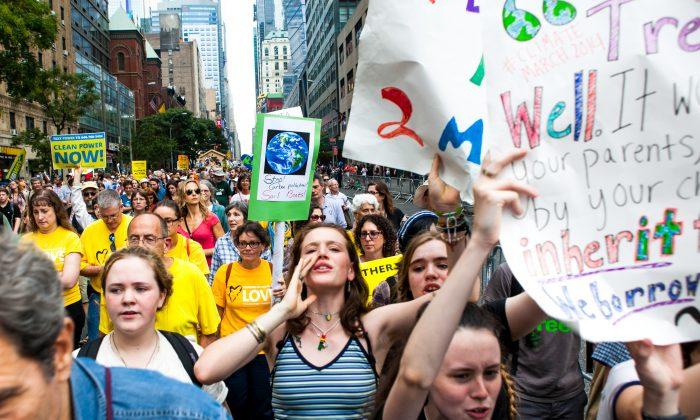

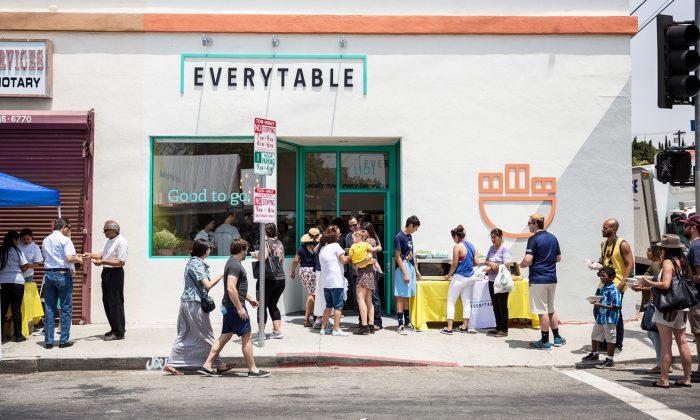
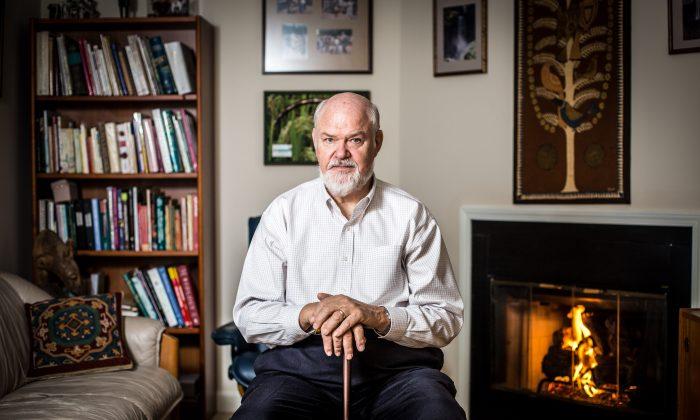
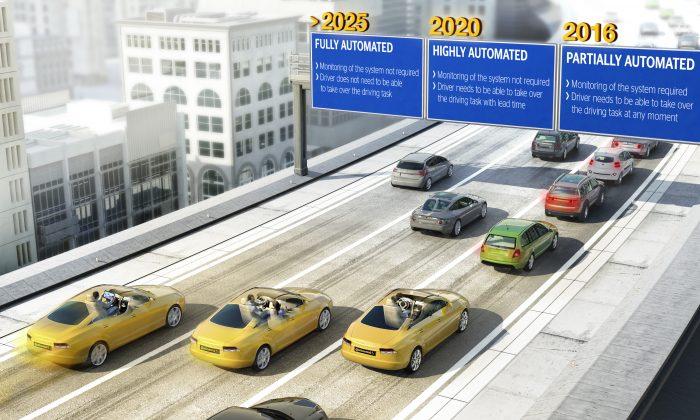
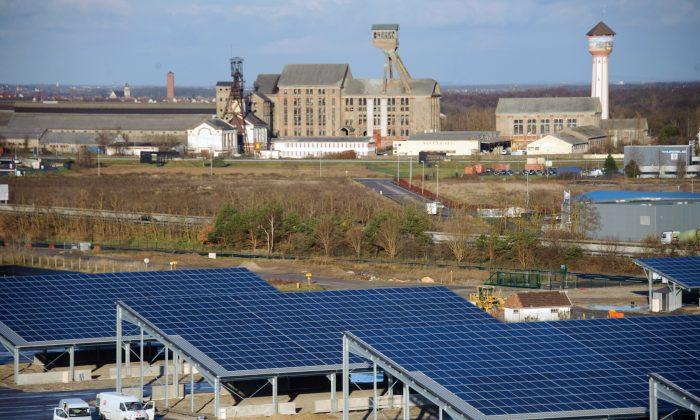
Friends Read Free